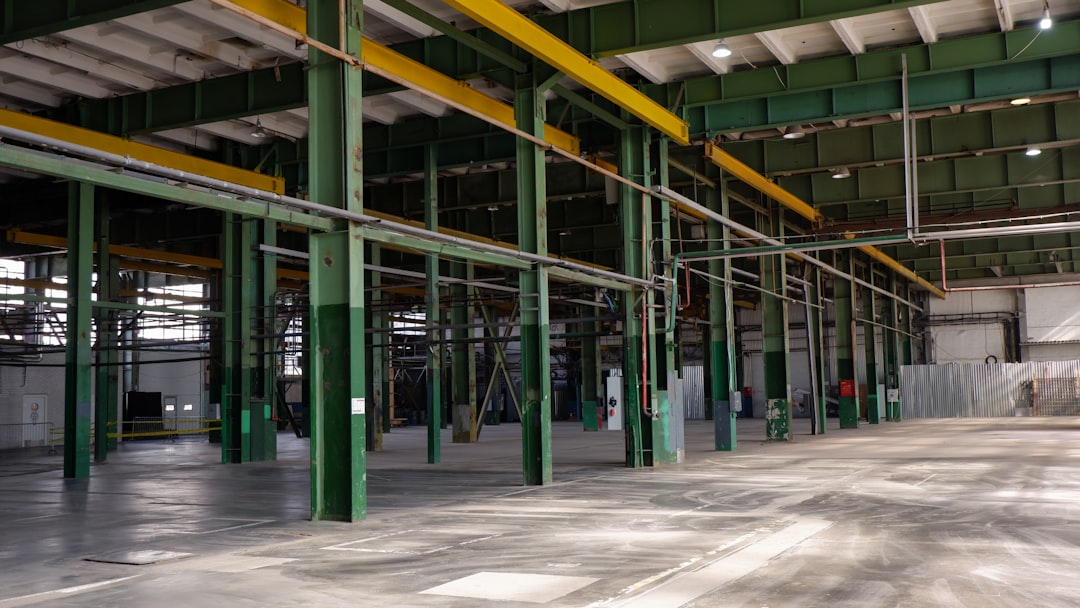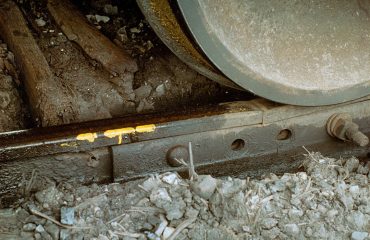The European Union’s CE marking is more than just a symbol; it’s a passport to the vast European market. For steel producers and manufacturers, obtaining CE certification is crucial for demonstrating compliance with essential safety and performance requirements, ensuring product quality, and accessing a lucrative customer base. This comprehensive guide unravels the complexities of CE certification for steel products, providing a clear understanding of the procedures involved.
Understanding the CE Marking for Steel
The CE marking signifies that a product conforms to all applicable EU directives and regulations. For steel products, this typically involves directives related to construction products (CPR), machinery, and pressure equipment, depending on the intended use of the steel. It’s not a quality mark in itself, but rather a declaration of conformity with essential requirements. This means manufacturers must demonstrate that their steel products meet specific safety, health, and environmental standards before affixing the CE mark. Failure to comply can result in significant penalties, including product recalls and legal action.
Key Directives and Regulations Affecting Steel CE Certification
Several key directives and regulations govern the CE certification process for steel products. The most significant is the Construction Products Regulation (CPR) (Regulation (EU) No 305/2011), which harmonizes the marketing of construction products within the EU. This regulation establishes a system of harmonized standards and requires manufacturers to issue a Declaration of Performance (DoP) for their products. Other relevant directives might include the Machinery Directive (2006/42/EC) if the steel is used in machinery components, or the Pressure Equipment Directive (2014/68/EU) if it’s part of pressure vessels. Understanding which directives apply to a specific steel product is crucial for navigating the certification process effectively. Consultations with notified bodies are often recommended to ensure accurate compliance.
The Steps Involved in Obtaining CE Certification for Steel
The process typically involves several key steps:
- Product Assessment: Thoroughly analyze the steel product to identify all applicable EU directives and harmonized standards. This includes assessing its intended use, material properties, and manufacturing processes.
- Conformity Assessment Procedure Selection: Choose the appropriate conformity assessment procedure based on the risk associated with the product and the applicable directives. This could range from internal production control to involvement of a Notified Body for more complex products.
- Testing and Verification: Conduct necessary testing to verify that the steel product meets the required performance and safety standards. This often involves accredited testing laboratories to ensure the results are reliable and accepted by the authorities.
- Compilation of Technical Documentation: Gather all necessary technical documentation, including test reports, design specifications, manufacturing processes, and the Declaration of Performance (DoP).
- Declaration of Conformity: The manufacturer must issue a formal Declaration of Conformity, stating that the product meets all applicable requirements. This declaration is a legal document and carries significant responsibility.
- CE Marking: Once all requirements are met, the CE marking can be affixed to the product and its packaging.
The Role of Notified Bodies in Steel CE Certification
Notified Bodies are independent organizations designated by EU member states to assess the conformity of products with relevant directives. Their involvement depends on the selected conformity assessment procedure. For high-risk steel products, a Notified Body’s involvement is often mandatory. They conduct audits, inspections, and testing to verify the manufacturer’s claims and ensure compliance. Choosing a reputable and accredited Notified Body is crucial for a smooth and successful certification process. The selection of a Notified Body should be carefully considered based on their expertise in the specific type of steel and its application.
Benefits of CE Certification for Steel Products
Obtaining CE certification offers several significant benefits:
- Access to the EU Market: It’s a prerequisite for selling steel products in the European Economic Area (EEA).
- Enhanced Market Credibility: The CE marking demonstrates a commitment to quality, safety, and compliance, boosting customer confidence.
- Reduced Trade Barriers: It simplifies the import and export process, streamlining trade within the EU.
- Competitive Advantage: It can differentiate your products from competitors who lack CE certification.
- Legal Compliance: It ensures adherence to EU regulations, avoiding potential fines and legal repercussions.
Navigating the CE certification process for steel products can be challenging, but understanding the procedures and requirements is essential for success. By carefully following the steps outlined above and seeking expert advice when needed, manufacturers can ensure their products meet the necessary standards and gain access to the vast European market.
Disclaimer: This blog post provides general information and should not be considered legal or professional advice. Always consult with relevant experts and authorities for specific guidance on CE certification for your steel products.
SEO-Friendly Tags:
- CE marking steel
- Steel CE certification
- Construction steel CE
- European steel conformity
- Steel product certification




